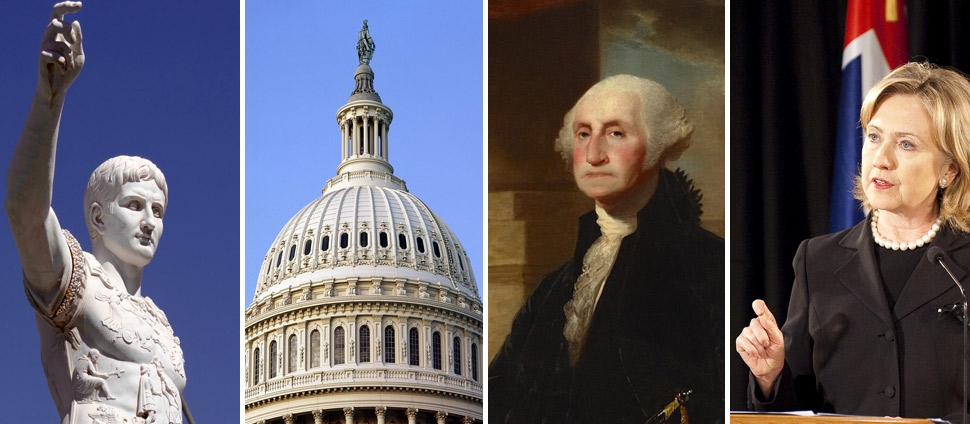The Strategic Use of Gender Quotas in the Arab World
Document Type
Policy Paper
Publication Date
2-9-2011
Publication Title
International Foundation for Electoral Systems
Abstract
Why are levels of gender representation and gender-related policy reform in Morocco higher than in Lebanon?
Lebanon has long boasted a cosmopolitan, educated culture and was hailed the “Paris of the Middle East” up until the civil war. Furthermore, its reputation as a “progressive” Arab republic gave Richards and Waterbury (2008) sufficient leeway to proclaim it one of the few quasi-democracies in the Middle East and North Africa, alongside Israel and Turkey.
Lebanese women won the right to vote and participate in national elections in 1952, two decades before that same right would be extended in Switzerland. Even public awareness of gender-related issues is substantially higher in Lebanon than in Morocco, however, only 17 women have ever served in Lebanon’s parliament.2
Morocco, conversely, is a constitutional monarchy hosting some of the world’s highest rates of illiteracy across both genders yet it has arguably experienced greater levels of women’s political representation. Currently, there are 34 female parliamentarians out of a total of 325; 30 of whom have been elected via a voluntary party gender quota adopted in 2002.1 Furthermore, Morocco’s moudawana reforms have been hailed as a landmark example of gender policy reform because of their progressive content and the truly grassroots nature of the movement that successfully put the proposal on the government’s agenda.
Modernization theorists from Lipset (1959) to Inglehart and Norris (2003) would lead us to expect more “progressive” gender outcomes and policies in “cosmopolitan” Lebanon rather than Morocco, so what explains this discrepancy?
Version
Version of Record
Recommended Citation
Welborne, Bozena C., "The Strategic Use of Gender Quotas in the Arab World" (2011). Government: Faculty Publications, Smith College, Northampton, MA.
https://scholarworks.smith.edu/gov_facpubs/59



Comments
William and Kathy Hybl Democracy Studies Fellowship Paper